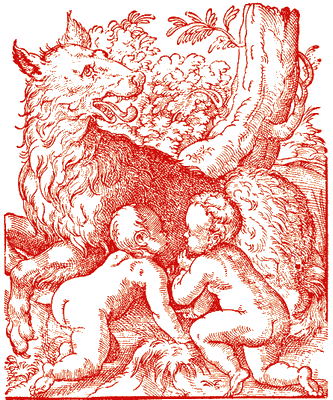|
|
Please note that Mommsen uses the AUC chronology (Ab Urbe Condita), i.e. from the founding of the City of Rome. You can use this reference table to have the B.C. dates
From: The History of Rome, by Theodor Mommsen
Translated with the sanction of the author by William Purdie Dickson

Page 21
He had excited a tumult against the conqueror of Numidia, Quintus Metellus, when he was a candidate for the censorship in 652, and kept him besieged in the Capitol till the equites liberated him not without bloodshed; the retaliatory measure of the censor Metellus--the expulsion with infamy of Saturninus and of Glaucia from the senate on occasion of the revision of the senatorial roll--had only miscarried through the remissness of the colleague assigned to Metellus. Saturninus mainly had carried that exceptional commission against Caepio and his associates(6) in spite of the most vehement resistance by the government party; and in opposition to the same he had carried the keenly-contested re-election of Marius as consul for 652.
6. Cf. IV. V. Warfare of Prosecutions
Saturninus was decidedly the most energetic enemy of the senate and the most active and eloquent leader of the popular party since Gaius Gracchus; but he was also violent and unscrupulous beyond any of his predecessors, always ready to descend into the street and to refute his antagonist with blows instead of words.
Such were the two leaders of the so-called popular party, who now made common cause with the victorious general. It was natural that they should do so; their interests and aims coincided, and even in the earlier candidatures of Marius Saturninus at least had most decidedly and most effectively taken his side.
Do you see any typos or other mistakes? Please let us know and correct them
|
|
Reference address : https://ellopos.net/elpenor/rome/4-06-marius-revolution-drusus-reform.asp?pg=21